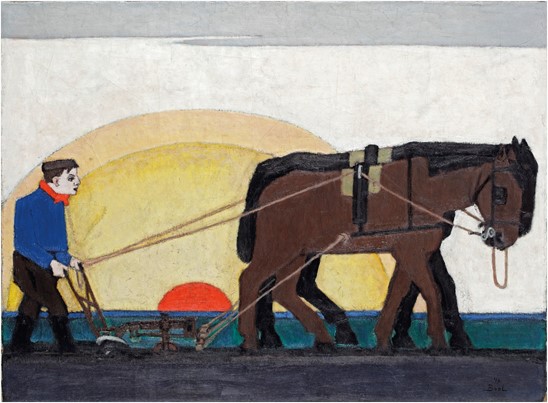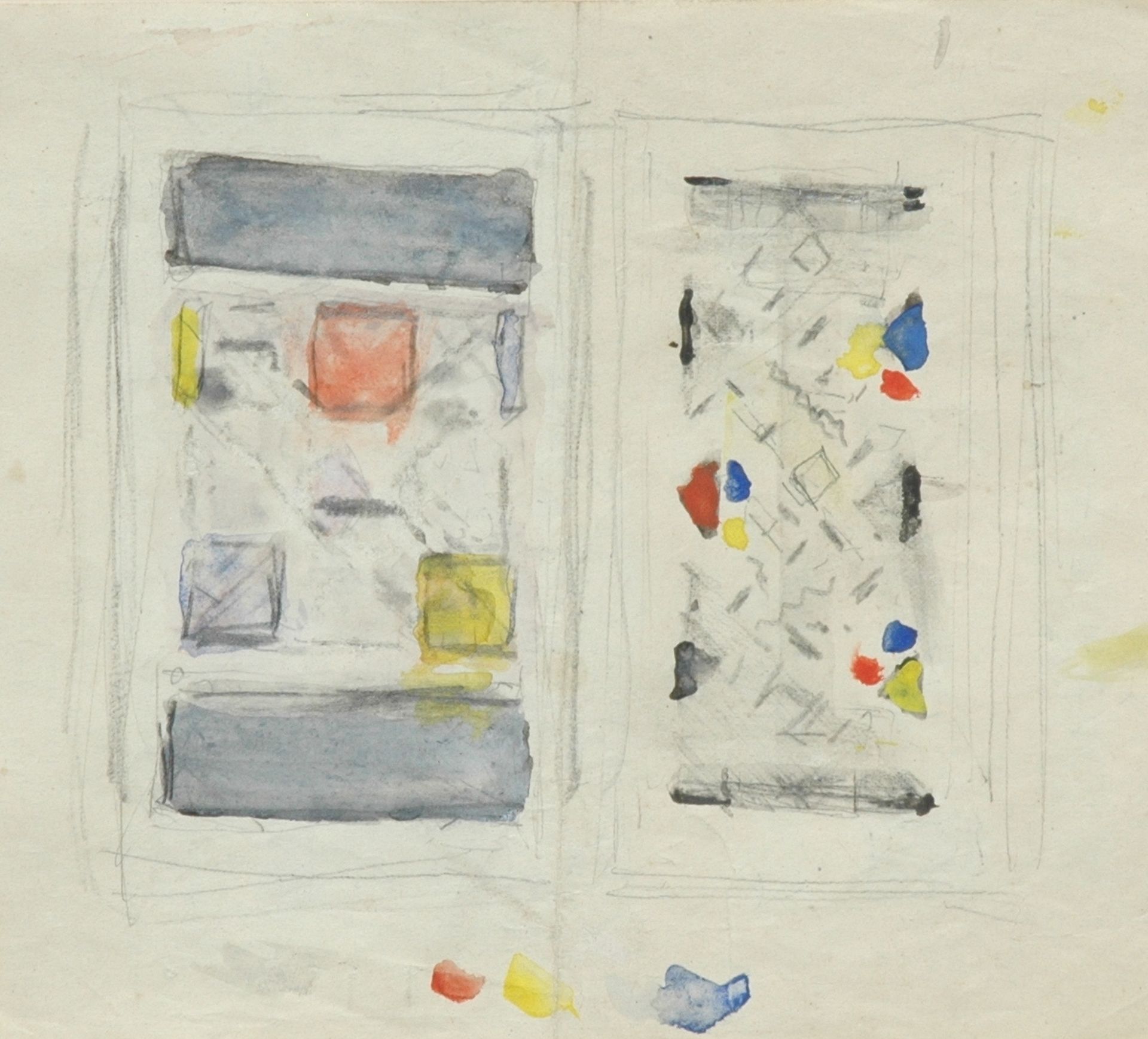


Mondrian said Van Doesburg’s innovative use of a diagonal was too dynamic to reach an equilibrium.

Theo van Doesburg described Piet Mondrian’s use of grey as ‘a pollution’. Its proponents had interesting ideas about colour: blue is recessive, so gives the illusion of being far away, whereas yellow is dominant and appears closer red is stabilising, giving weight to both yellow and blue.Ĭonsidering the strict parameters of De Stijl, rifts were inevitable and battle lines were soon drawn. Everything was to be carefully premeditated and counterpointed to create a state of perfect equilibrium. There were to be no depictions of objects, just simple rectangles in primary colours and black and white. The essential components of De Stijl’s art aesthetic were relatively simple. Berlage, a Dutch architect who had a profound influence on the group. There is no record of where the name ‘De Stijl’ originated, but the late art historian Paul Overy suggests it was inspired by the book Over stijl in bouw- en meubelkunst (‘Concerning Style in the Art of Architecture and Furniture’) written by H.P.

Theosophy aimed to unite religions and promote brotherhood, and this appealed to a group who wanted to integrate art, life and culture into an international, modern movement. However, they were arguably the first to promote the Theosophical concepts of the Russian aristocrat-turned-guru, Helena Petrovna Blavatsky - known as Madame Blavatsky. The founders of De Stijl were certainly not the first artists to yearn for the sublime. Their work would not be representational, illustrative or narrative, but reflect a state of ideal harmony. Central to their declaration was a desire to connect with ‘the universal’. In 1918 a manifesto was published by a coalition of Dutch artists, architects, designers and poets who called themselves De Stijl (‘The Style’).


 0 kommentar(er)
0 kommentar(er)
